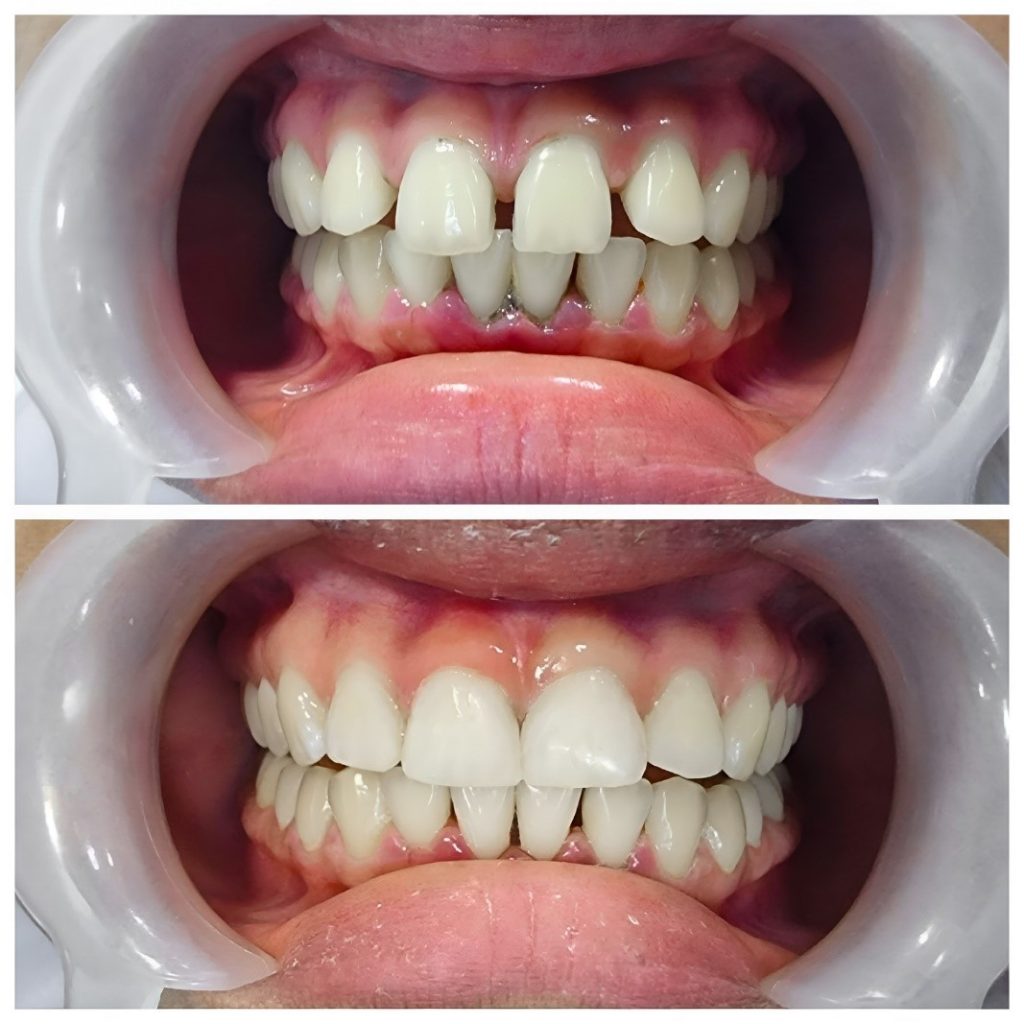Advancements in the field of dentistry have led to a variety of options and procedures available to help us achieve specific teeth and smile goals. If you are looking to enhance the appearance of your natural teeth, one cosmetic dentistry solution you can consider is dental bonding.
Overview
Also called composite bonding, this treatment or procedure improves the cosmetic appearance of teeth, including their shape, size, and color. It involves applying tooth-colored composite resin to the teeth’s surface and bonding it in place.
When Is It Recommended?
This treatment suits individuals with any of the following:
-
- Chipped or cracked teeth
- Discolored teeth
- Teeth gaps
- Short or small teeth
Advantages of the Treatment
Teeth bonding is an affordable and minimally invasive procedure that shows visible results and improvements in just one to two visits. It preserves the teeth’s natural structure and does not require major preparations. Additionally, it is an excellent alternative to dental crowns and porcelain veneers.
What Happens Before the Procedure?
As with any other dental concern or issue, you will first sit down with your dentist to discuss your needs and goals. To ensure your eligibility for the treatment, your teeth and gums will be examined, and dental X-rays will be taken. If you have serious oral health problems, such as severe tooth decay or gum disease, it is most likely that it will be recommended you treat the issues first.
What Happens During the Procedure?
1. Your dentist will select a shade of the composite resin material that matches your teeth’s natural color.
2. To prepare the tooth, its surface will be roughened, and a conditioning liquid will be applied. This step is crucial to ensure the bonding material sticks to the tooth.
3. The composite resin material is applied, molded, and smoothed to the desired shape.
4. To cure or harden the resin material, a special curing light is used.
5. Lastly, your dentist will make final adjustments as needed and polish the tooth to achieve a natural-looking shine.
This step-by-step process takes about 30 to 60 minutes for each tooth. Generally, no pain should be felt during the procedure, and anesthesia is usually not necessary.
What Happens After the Procedure?
Some individuals may experience temporary sensitivity after the treatment. The mild discomfort can be eased by over-the-counter pain relievers. No special care is required post-treatment, and there is also no downtime. Simply maintain good oral hygiene, and make sure to schedule regular dental check-ups and cleanings.
Consult Our Cosmetic Dentist To Start Your Smile Makeover
At Dentistry at Ivy Falls in Johns Creek, Georgia, we are dedicated to providing outstanding services and treatments for every budget. Contact us today to discuss how we can work together toward your personalized dental care and transformation.

